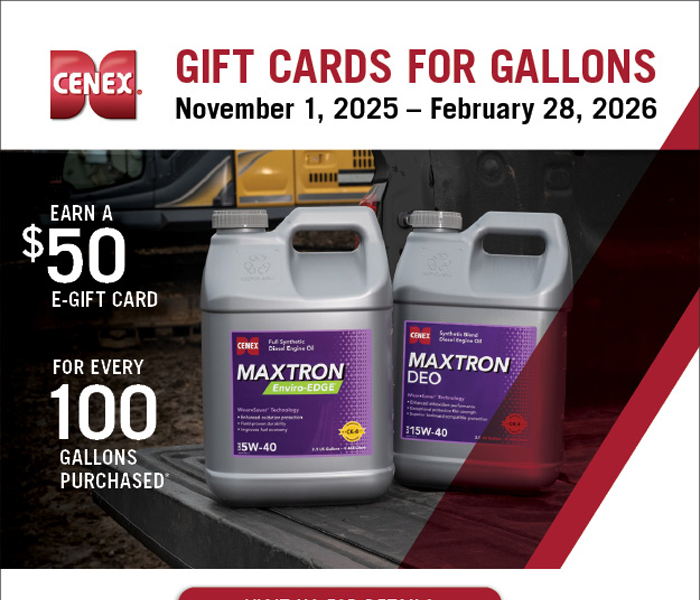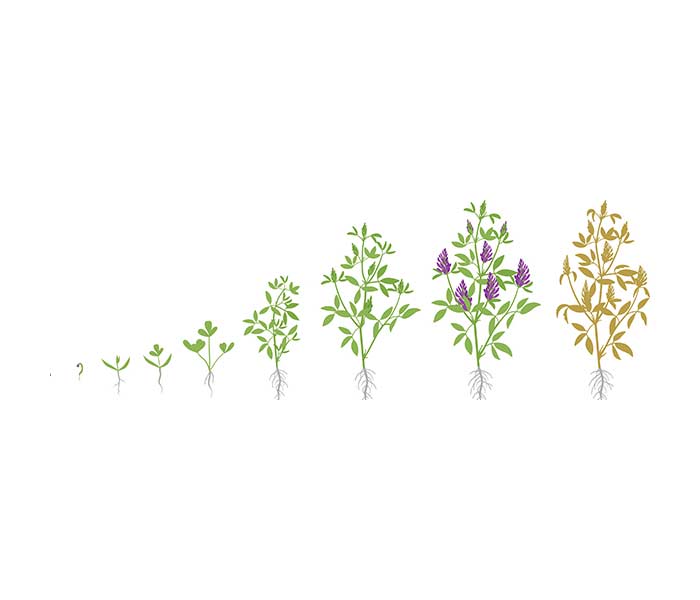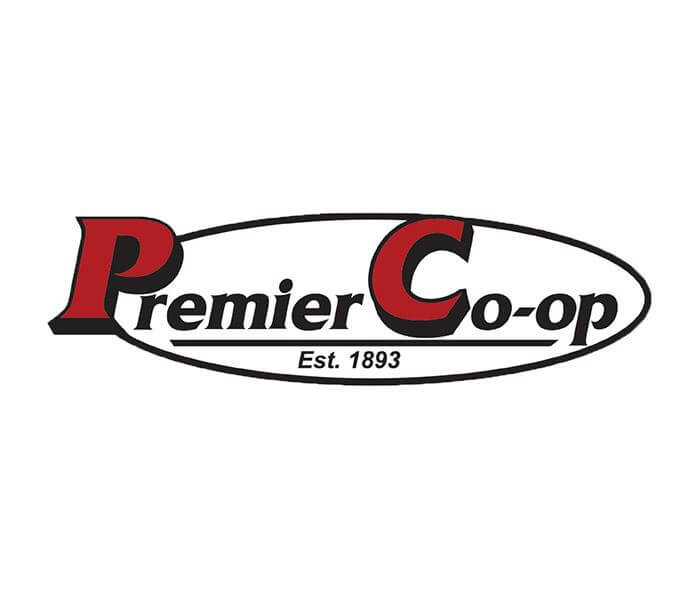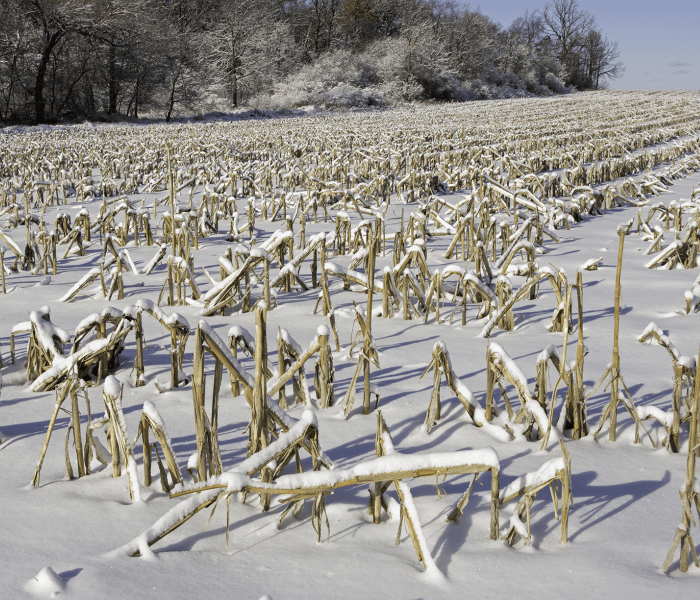Is my alfalfa damaged?
A question producers have every year is “How is the alfalfa going to over winter?” This year we had a lot of weather that warranted the concern, but now is where the rubber hits the road and decisions will be made.
Determining alfalfa injury is not easy. We find many times the injury is not uniform across fields due to differences such as; fertility, PH, soil type and drainage, topography, snow cover, ice formation and duration. The key to early detection and final decision come down to digging and carefully examining the root system below the crown.
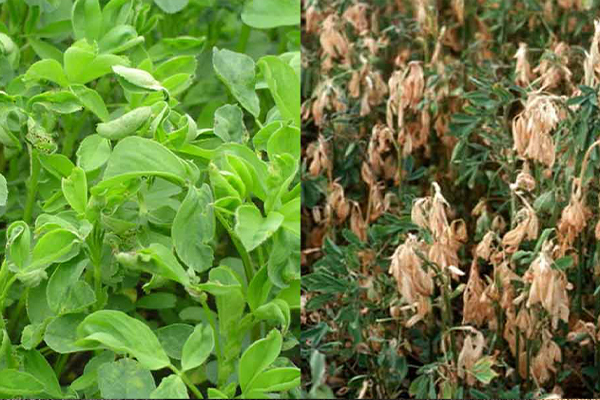
Healthy alfalfa roots (left) will have a firm root, be uniformly off-white or have less than one-third of their diameter discolored and show initial growth from the crown. Roots of weakened alfalfa plants (right) will be spongy, off-white to brown in color or have more than one-third of their diameter discolored.
Determine the percentage of field affected and manage accordingly:
- If a small percentage, simply go over the affected areas with a drill as soon as possible and seed 10 lb/a with a 50/50 mix of Italian (annual) ryegrass and perennial ryegrass.
- If a moderate percentage of the field is affected and wanting to take first cutting and then reseed, use one of the below options:
- Immediately interseed Italian ryegrass (10 lb/a)
- Plant early variety of seed corn for grain or silage
- Seed BMR sorghum-sudangrass (20 lb/a)
- Oats should be seeded for forage after Aug 1st.
- If a large percentage of the field is affected, options are:
- Plant Corn. Corn will likely produce the most tonnage of any forage.
- BMR sorghum-sudangrass before July 1st (20 lb/a). Sorghum-sudangrass is a good choice if you expect dry conditions and/or above average temperatures.
- Alfalfa seeded into a different field at 10 to 12 lb/a with 6 lb/a tall fescue and 2 lb/a Italian (annual) ryegrass.
For additional help in scouting your field and/or advice on crop options for an injured alfalfa stand please give your Premier Agronomist a call.
Ken Jahnke
Agronomy Sales Manager
